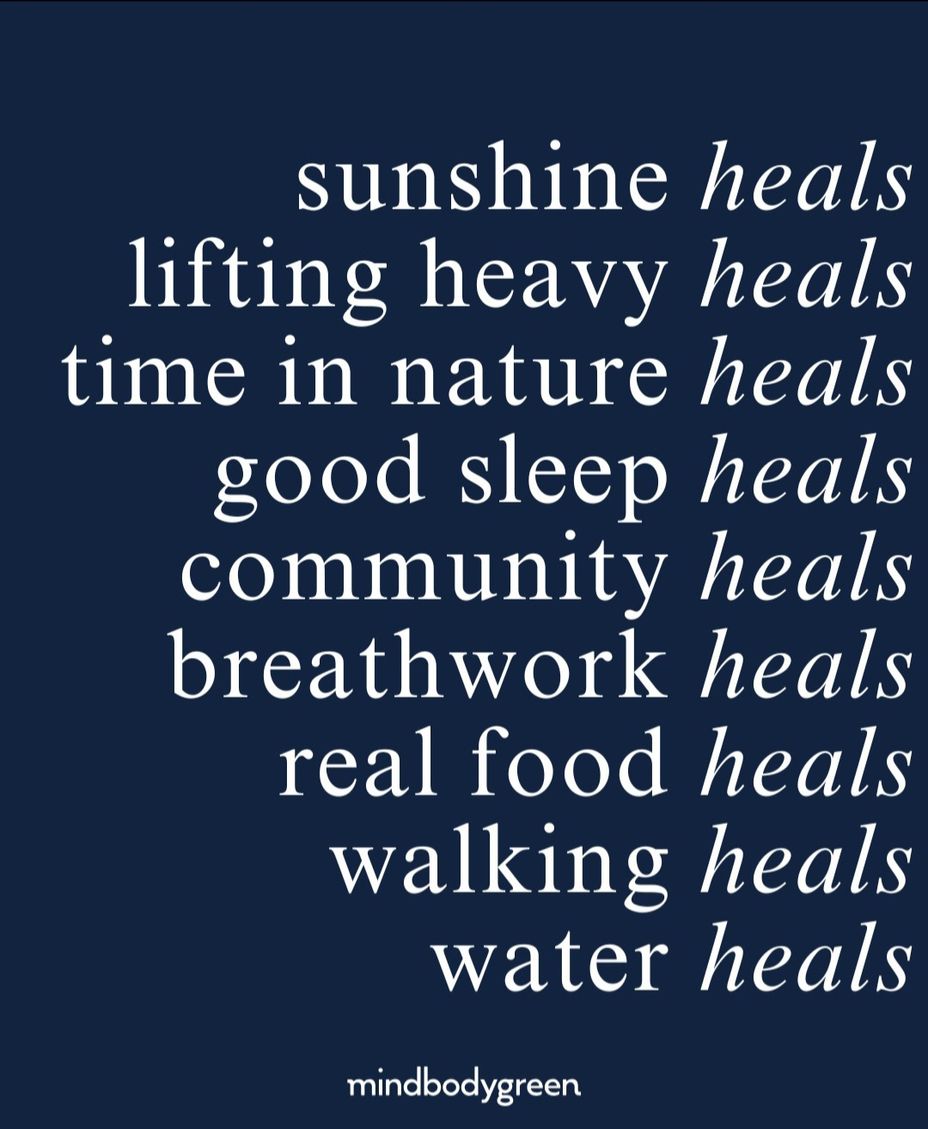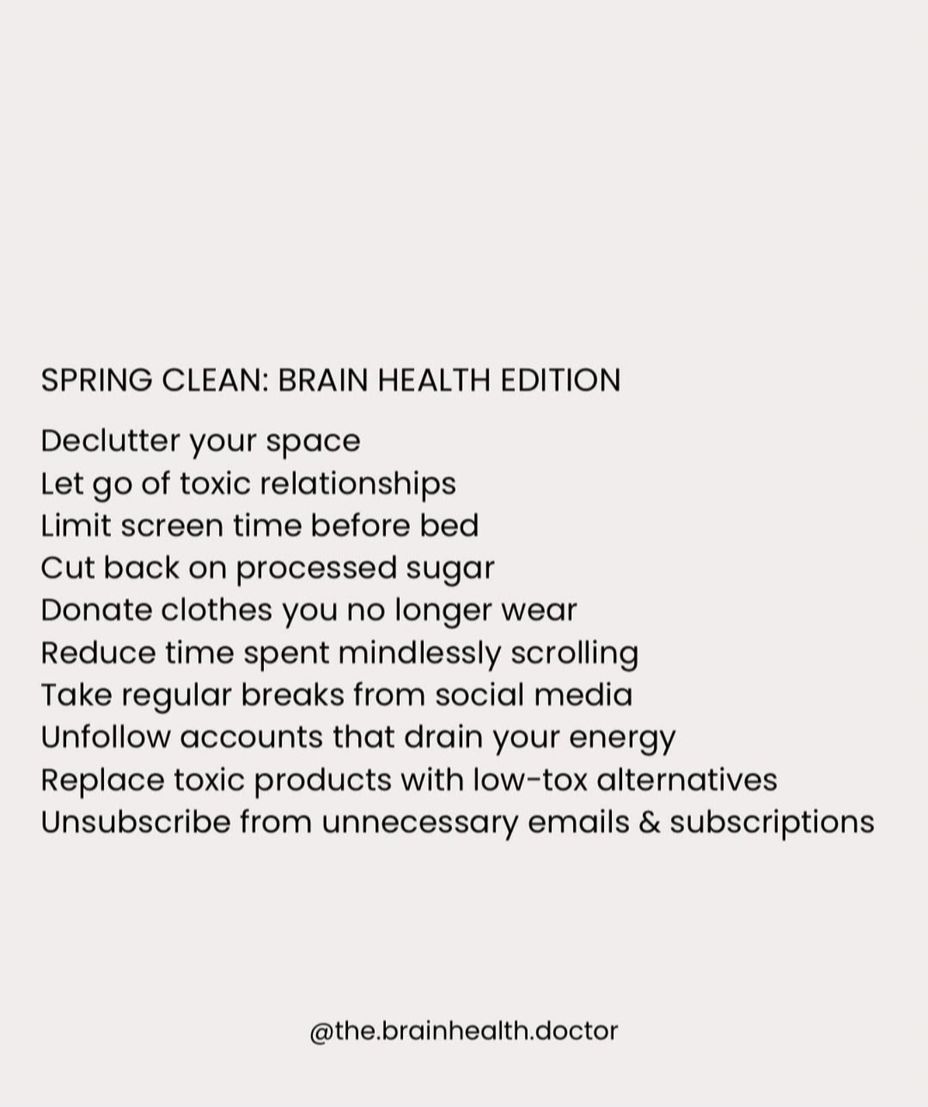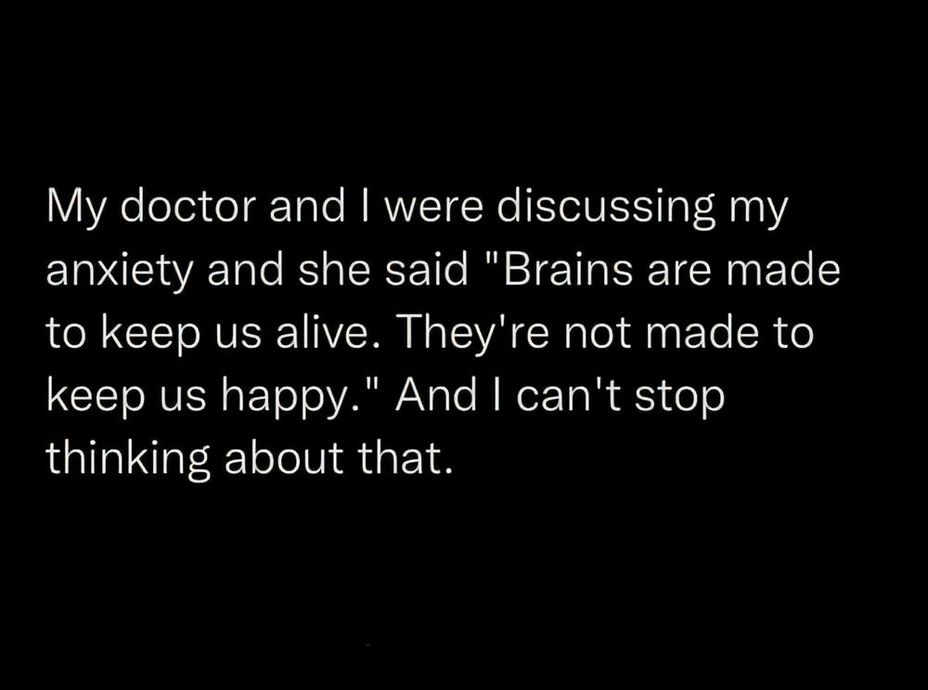I can’t sleep. I’m being haunted by the ghost of a guy that was in love with me for 35 years.
My mental health is really tanking. I can’t sleep. There’s the spirit of a guy named. I’ll call him Jimmy. I don’t know what to do because Jimmy keeps bothering me and my mental health is really tanking and it’s affecting every aspect of my physical body and I have tons of health problems . Could anyone who has any experience whatsoever with psychic mediumship abilities be able to communicate to me or give me some insight into what to do about this spirit of Jimmy that is hunting me and communicating things about, loving me and reminding me about how I knew him because I’m a firm believer in the afterlife And I think that somehow he’s zapping me in my energy, but I don’t know how to get a good night sleep because he won’t stop bothering me. No I’m not a lunatic. Yes I’m a psychic medium, but I just recently came into my full mile generalization of my abilities. Is there anybody else out here on the form that is anything like me as far as being a psychic, medium and being haunted by a spirit of an ex love that never was on this earthly plane. #ghost #MoodDisorders








